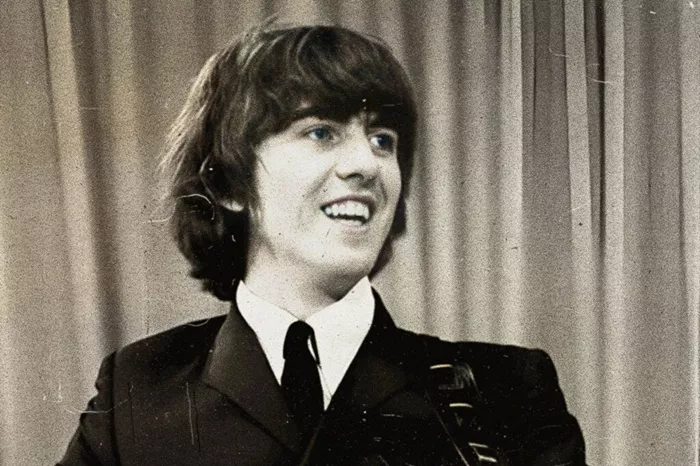Thousands of fans crowded around the Coachella main stage under the blazing sun. Despite the heat, the energy was electric. The crowd sang along to “Don’t Stop Believin’” as a powerful voice rang out over the desert. But the voice didn’t belong to Journey. It was T-Pain — once criticized for ruining pop music — now commanding the spotlight.
In 2025, T-Pain is 40 years old. Once blamed for overusing Auto-Tune, he now stands as a symbol of how deeply the effect has blended with hip-hop. What was once mocked is now part of the pop music fabric. Y2K nostalgia has shifted into a love for the party-heavy, club-driven mid-2000s. After years of minimalism and indie dominance, dance floors have reclaimed their place at the heart of pop. The question remains: Is T-Pain finally being recognized as the icon he was always meant to be?
Coachella seems to say yes.
On Saturday, T-Pain performed his first-ever main stage set at Coachella. He followed Jimmy Eat World and preceded Charli XCX. Although he performed last year at the festival’s Heineken House, he wasn’t listed on the official lineup at the time. This year, his presence was front and center — and the crowd responded with overwhelming enthusiasm.
During his rendition of “All I Do is Win,” the audience shouted the chorus with him, hands raised in perfect sync. The moment was pure nostalgia, but also something new. T-Pain rapped Ludacris’ rapid-fire verse and added live guitar, transforming the club anthem into a stadium-worthy performance.
The entire set showcased T-Pain’s range. Though he is often associated with Auto-Tune, T-Pain used mostly his natural singing voice on Saturday. Auto-Tune was present, but it served more as a complement than a crutch. This was a mix of T-Pain the radio star and T-Pain from his soulful Tiny Desk concert — now merged into one performer.
In the late 2000s, T-Pain was a defining voice of his era. His debut album, Rappa Ternt Sanga, dropped in 2005 just as bling-era rap was fading. His style — flashy, fun, and rooted in club culture — was a perfect fit for the time. Tracks like “I’m ’n Luv (Wit a Stripper),” “Bartender,” and “Low” made him a hitmaker. With pitch-shifted vocals and his signature top hat and sunglasses, T-Pain created a futuristic party persona — like hip-hop’s own Daft Punk.
Hit after hit followed. His songs played everywhere — from radios and malls to bachelorette parties and nightclubs. T-Pain became one of the most recognizable musical voices of the late 2000s.
But then, the tide turned.
By the early 2010s, T-Pain’s signature Auto-Tune sound fell out of favor. Jay-Z criticized the trend in his song “D.O.A. (Death of Auto-Tune)” and even name-dropped T-Pain. In the Netflix series This Is Pop, T-Pain recalled a painful moment when Usher told him, “Man, you kinda messed up music.” That conversation sent him into a depression.
But for T-Pain, Auto-Tune was never just a gimmick. He studied the technology and even met its inventor, Andy Hildebrand. In a 2014 interview, he explained his deep understanding of how it worked and why it appealed to him.
Today, Auto-Tune is everywhere. Artists like Post Malone and Travis Scott use it as a core part of their sound. In many ways, T-Pain’s influence runs throughout the current Coachella lineup.
“It took me 20 years to get on this stage,” T-Pain told the crowd. “And I’m happy I kept going.”
While he hasn’t given up Auto-Tune, T-Pain now balances it with his natural voice. That voice soared during “Bartender,” blending with the Auto-Tune effects to create something both modern and emotional. Though once a club staple, the song took on new beauty on the Coachella stage.
Still, the performance wasn’t flawless. At times, T-Pain relied heavily on his DJ, Montay. He often let the backing track fill in for him or broke verses into uneven parts. Some moments felt more like a DJ set than a live show. But when he did fully engage with the mic, his presence was magnetic.
T-Pain performed in a full steampunk outfit, complete with spiked shoulder pads, a top hat with goggles, and a stage design straight out of Mad Max. Four dancers moved in sync around him, while LED screens flashed scenes of desert chases and spiked cars. Flames shot from the stage, adding to the dramatic effect. Despite the intense heat, T-Pain moved with agility across the elaborate set.
Two of the night’s standout moments were his back-to-back covers of “Don’t Stop Believin’” and “Tennessee Whiskey.” While he didn’t sing the full chorus of “All I Do is Win,” the crowd carried it for him. As the final notes played and flames erupted, T-Pain disappeared backstage. His performance had moved between Auto-Tune-heavy verses and raw, live vocals — and in the end, both parts of his musical identity came together.
One fan, wearing a sunhat, summed it up best as he turned to a friend: “It was just banger after banger after banger.”
Related Topics

